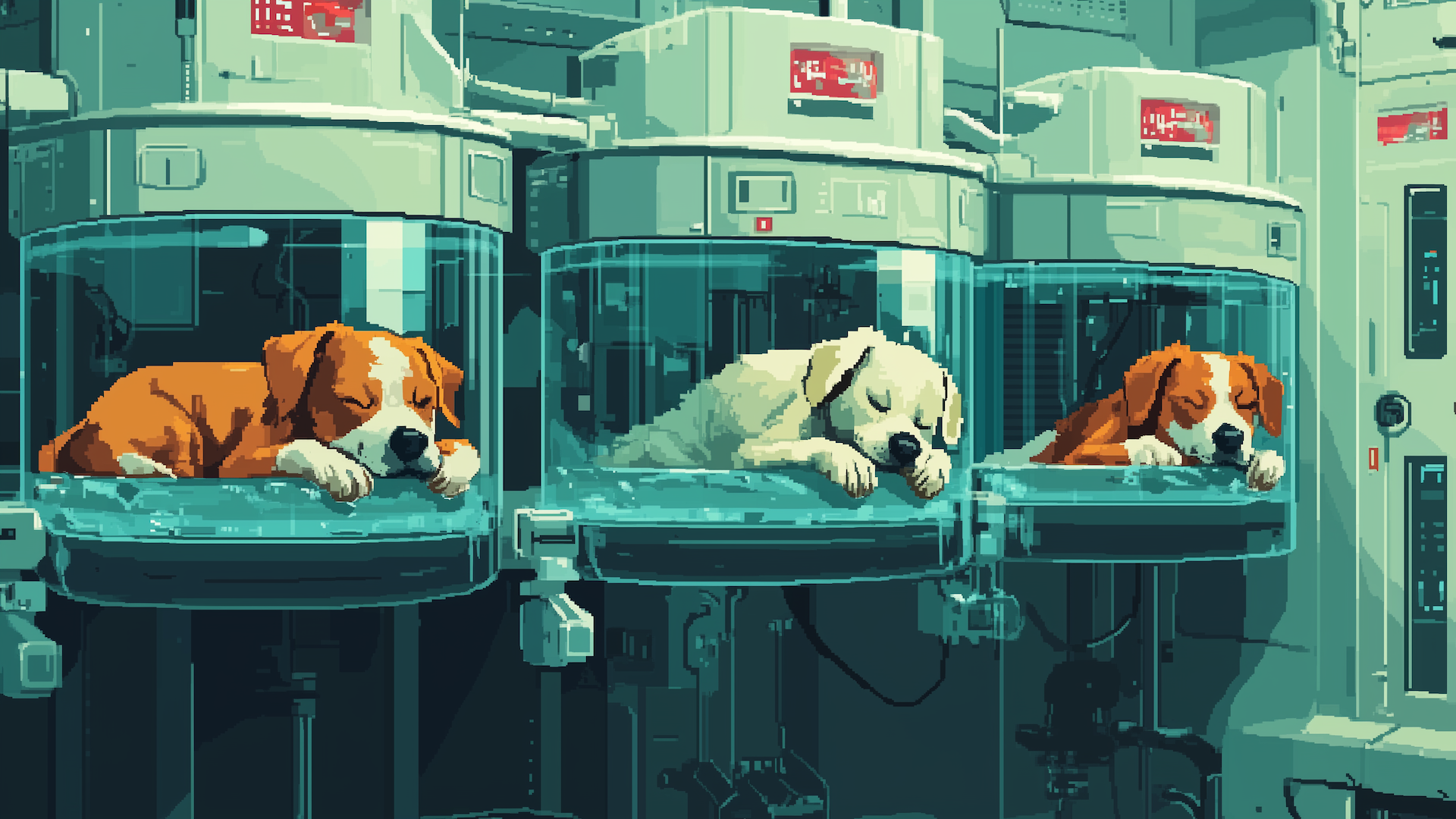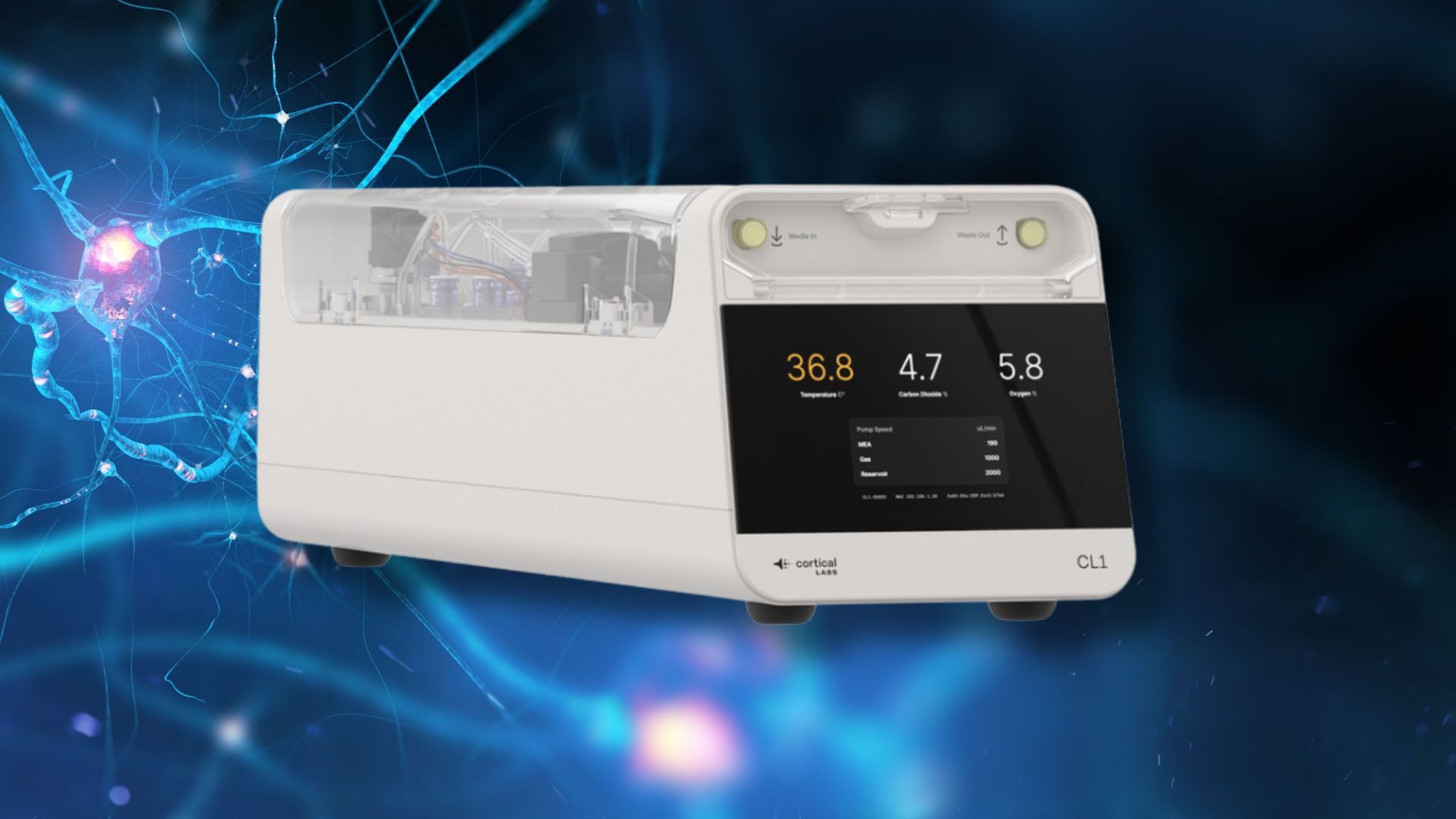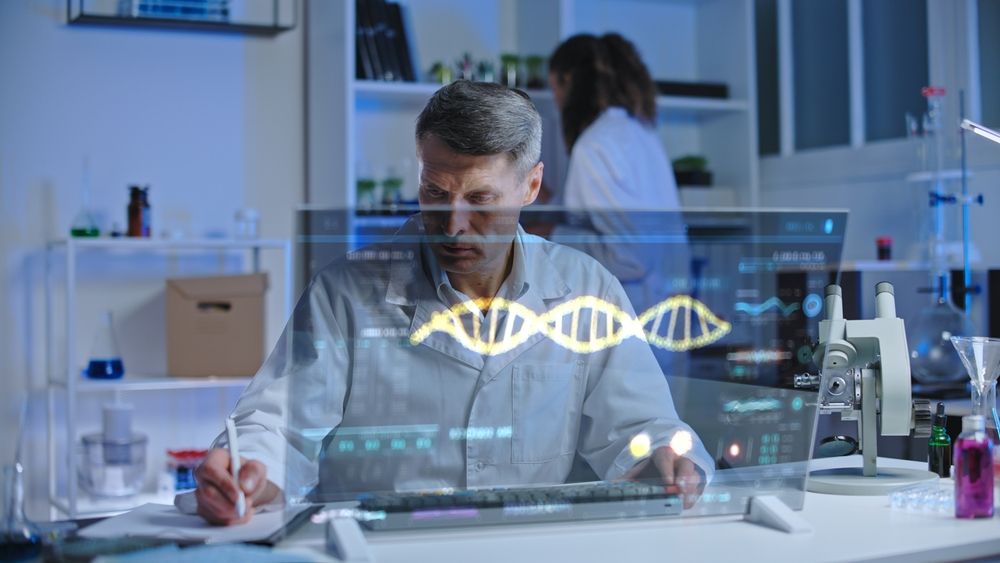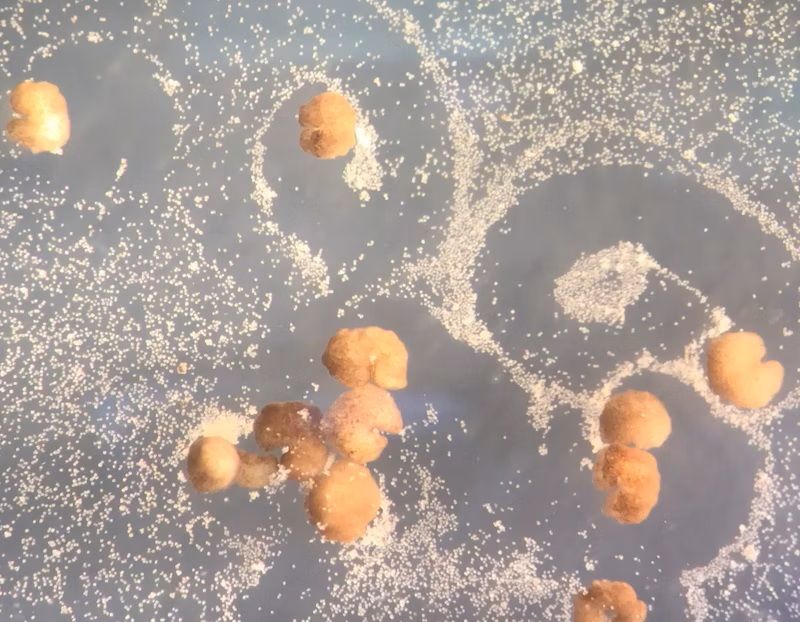When you hear “biology” you probably think something like “nature” or “natural”, but humankind has been interfering with biology for thousands of years, and now in the 21st century our tools are more powerful than ever.
We’ve gone from crudely breeding plants and animals over generations to meet our needs, to simply creating the biology we need from scratch. You may not be aware of it, but our mastery of biology has been quietly exploding, and it won’t be long before the fruits of this labor become apparent.
Synthetic Biology Gets Its Name in the 1910s, but Captures Imaginations in the 70s
While the concept of modifying living organisms has existed for centuries, the term “synthetic biology” was first coined in the 1910s. It was used by a French biologist named Stéphane Leduc in a publication titled Théorie physico-chimique de la vie et générations spontanées and again two years later in La Biologie Synthétique.
Later, Wacław Szybalski popularized the term in 1974 in reference to genetic engineering, but little did he know that one day synthetic biology would be about more than simply manipulating life that already exists.

Related
Humans Patent Life in 1981
If you genetically modify an organism to make a living thing that can perform a function you can profit from, can you patent it? That was the big question in 1981 when Dr. Ananda Chakrabarty was awarded a patent.
Patent 4,259,444 was for a GMO microbe and had been applied for all the way back in 1972. The microbe in question was engineered to eat oil, with the idea that it could be used to safely clean up oil spills.
While the invention wasn’t developed because GE found other better solutions, the patent itself is historically significant, because it set a precedent that you could effectively patent life itself.
We Map Our Own Genome in the 90s
Before I ultimately went on to study psychology, as a child I’d actually been interested in studying genetics instead. In the 90s I read about the Human Genome Project, which set out to map the entire human genome. Except for identical twins, the difference between the genes of any two people only amounts to 0.1% difference.
So, by mapping the human genome, our entire species would take a huge leap forward in knowledge about our own blueprints. It didn’t mean we’d understand all of it, but having it mapped out completely was a necessary first step.
Thanks to advances in computer hardware, the project was actually completed ahead of schedule in 2003. This project is the bedrock of human genetic science today, and it’s one of our greatest achievements. Not as flashy as a Moon landing, but definitely more important!

Related
GMO Food Is Approved in 1994
The first genetically modified food, the Flavr Savr tomato, was approved for commercial sale in 1994. Created by Calgene, the FDA approved the sale of the GMO tomato and didn’t require special labeling because they could find no safety or nutritional differences between the Flavr Savr and non-GMO tomatoes. However, the Flavr Savr only lasted three years on the market, because Calgene couldn’t make it financially viable. The company was then bought out by Monsanto.
Since then, GMO foods have flourished, allowing for better food security and improved crops, building on thousands of years of selective breeding of crops by various human civilizations. However, public reactions to GMOs have been mixed, and apart from the science itself, not everyone is happy with the business practices of companies like Monsanto.
Nonetheless, taking direct control of the genes that produce our food is a major historical turning point for synthetic biology, and we’ve only seen the tip of the iceberg when it comes to what gene manipulation of plants and animals can achieve. For example, GMO pigs have been created with organs that can be transplanted into humans.
We Created Artificial Life From Scratch
Fast-forward to 2008, when scientists at the J. Craig Venter Institute synthesized the entire genome of a bacterium, making the first artificial genome. They used an existing bacterial cell and replaced its genome with one synthesized in a lab. According to Venter:
We call it synthetic because the cell is totally derived from a synthetic chromosome, made with four bottles of chemicals on a chemical synthesizer, starting with information in a computer.
However, this was just an intermediate step. Next was an even bigger challenge. Not content with synthesizing a genome from scratch, Venter and his team next created the first synthetic self-replicating cell.
I think it’s important to step back and consider that these are the first examples of alien life we’ve encountered. Since Venter’s team created living organisms with genomes synthesized from raw chemicals, that have genes not shared with any other living creature. They have no genetic ancestors, even if they are based on natural organisms whose genes have been mapped and studied.
Venter’s work has led directly to methods for synthesizing vaccines, and paved the way to one day creating a multicellular organism that’s completely synthetic and built from scratch, or biological machines that aren’t the result of evolution, but of design.
CRISPR Unlocks the Engineering of Genes
One of the biggest breakthroughs in synthetic biology came in 2012 with the commercialization of CRISPR-Cas9, a revolutionary gene-editing tool. The CRISPR technique itself was invented in 1987, but it took decades of development and technological progress before it could be put into use. What makes CRISPR so important is that you can edit the genes of living creatures in vivo. So it’s possible to address certain genetic conditions, even in adults. As of 2023, more than 200 people had received CRISP gene therapy.
Perhaps more intriguing is using CRISPR to modify the genes of embryos, though this route is fraught with danger. Still, being able to correct genetic diseases in embryos leading to a healthy child is alluring. The ethical issues are profound, however, especially when it comes to engineering already healthy embryos to be “better” in some way. Perhaps with a longer lifespan, or more resistance to cancer, higher intelligence, or anything else that’s ultimately influenced by our genes.
There’s also the issue that CRISPR can make changes to the genome that can be inherited, which means you’re not just editing the genes of an individual, but their entire future bloodline.
The Xenobots Arrive
All of this synthetic biology development has built up to a predictable outcome: Xenobots. Scientists at the University of Vermont, Tufts University, and the Wyss Institute for Biologically Inspired Engineering at Harvard University melded robotics with genetics by creating Xenobots.
Taking living cells from from frog embryos, the team reassembled these cells into their little biological robots. Living machines that can go where you tell them, and perform some sort of task, though these early versions can’t do that much. However, not long after the reveal of the Xenobots, the scientists discovered a way to make them self-replicate asexually, using a new method of reproduction known as “kinematic reproduction”. What’s fascinating is that this behavior wasn’t programmed, but instead something the Xenobots started doing spontaneously.
Now We’re Taking Control of Biology
It feels like everything that’s happened in our history of trying to bend biology to our needs has only been a prelude. We’re on the cusp of truly understanding ourselves and all life on Earth, taking control of it, and reshaping it in any way we can imagine. However, the potential dangers are vast, and if we’re not extremely careful it might lead to some very unwanted outcomes.






